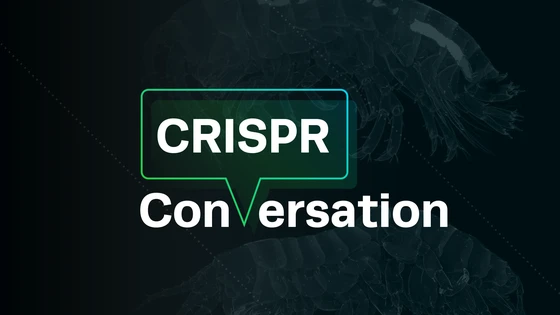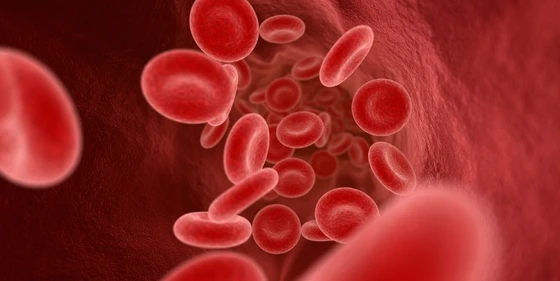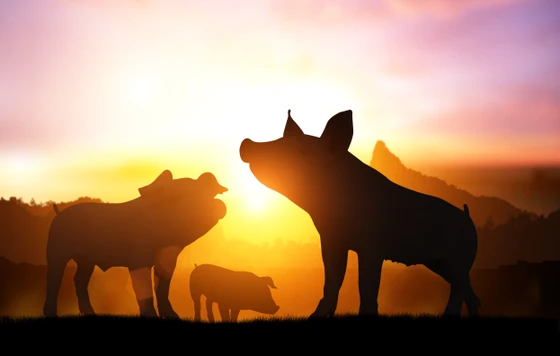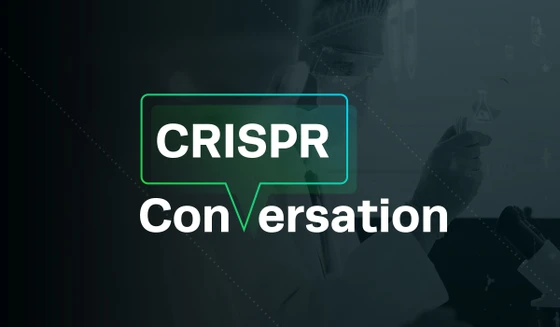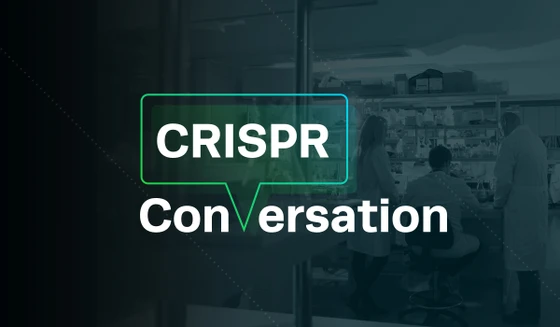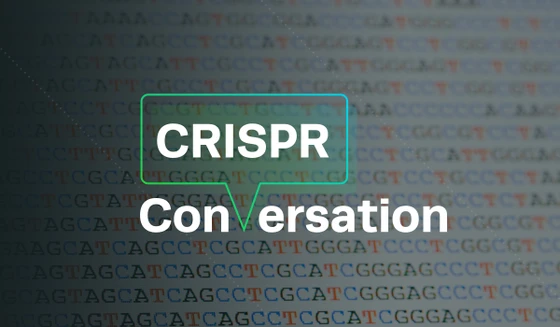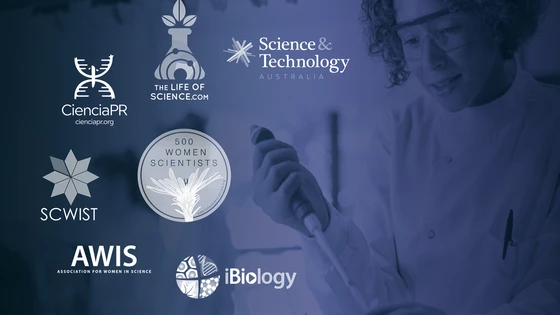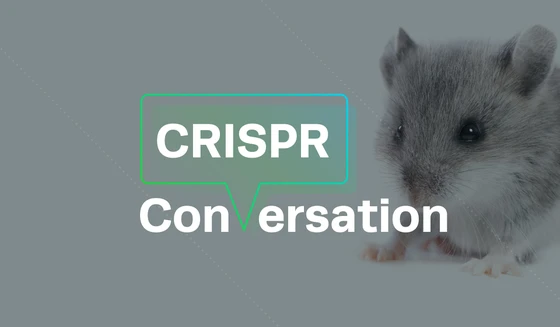The soaring popularity of CRISPR has enabled researchers to expand biological research beyond mice and study different animal models. In fact, the Marine Biological Laboratory in Woods Hole, Massachusetts, hosts a 6-week course in developmental biology every summer where students are now applying CRISPR to understand the biology of animals.
We chat with Dr. Erin Jarvis, Research Scientist & Lab Manager at MBL and Dr. Leslie Babonis, postdoctoral researcher at the Whitney Laboratory, University of Florida, about their work, MBL summer course, and how Synthego-sponsored guides are helping researchers make new discoveries in the course.
CRISPR Aids Embryology Studies of Diverse Organisms
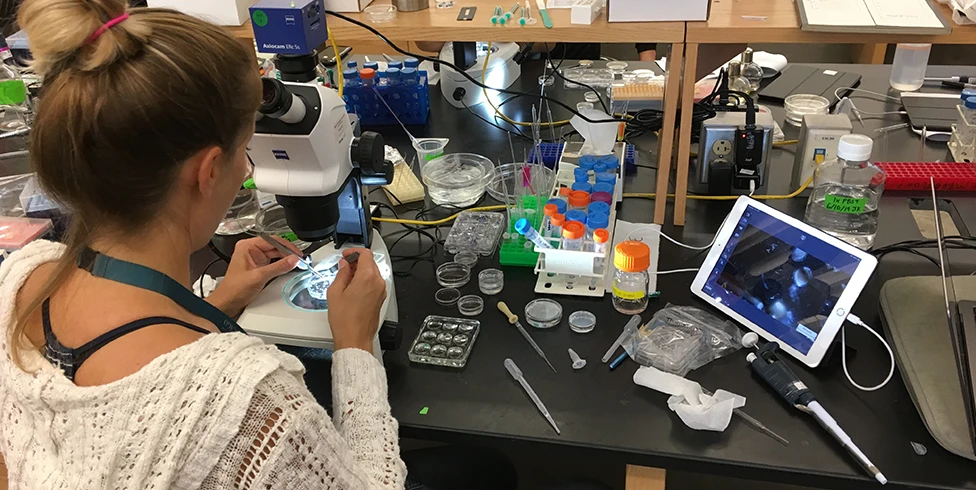
Kevin Holden: Erin, I know you were on the Synthego blog about two years ago talking about your work in the lab of Nipam Patel at UC Berkeley. Could you tell us how you ended up coming to the Marine Biological Lab from UC Berkeley?
Erin Jarvis: After finishing my Ph.D. at UC Berkeley, I took up an industry position at a start-up in San Francisco for about a year trying to build a new drug screening platform.
When I found out that my old advisor Nipam Patel had accepted the new Director position at MBL, we started discussing the possibilities of me coming back as a Lab Manager. And since I've been coming here for the last seven years, I feel MBL is a place that I know and I love so I was excited to come back here full-time.
Kevin: Leslie, can you tell us a little bit about your training and where you're working now?
Leslie Babonis: I did my Ph.D. at The University of Florida, and I was an embryologist at the time. I was doing comparative physiology in sea snakes, and at the end of my Ph.D., I decided that I was asking questions that weren't really the ones that I wanted to ask. I was interested in trying to understand specifically how new cell types evolve.
So I started a postdoc in Mark Martindale's lab. He was at The University of Hawaii at the time, and so I moved to Honolulu for about two years, and then he got recruited to be the Director of the Whitney Lab, which is on the east coast of Florida. So, I moved back to Florida with him; it's been great.
Our lab focuses a lot on the diversity of animal body plans, and my project is specifically focused on understanding how new cell types arise. I have mostly been working on cnidocytes, the stinging cells, in this model organism, Nematostella vectensis. One of the things that we have learned is that cnidocytes come from the same progenitor cell as neurons, and so we have been working to build the gene regulatory networks that allow cnidocytes to differentiate from neural pathway.
I've been a postdoc for several years, and I'm applying for developmental biologist jobs. The only organism I know well is nematostella, so I decided that the MBL embryology course would be a good thing for me to do so I can do a better job of selling myself as a developmental biologist.
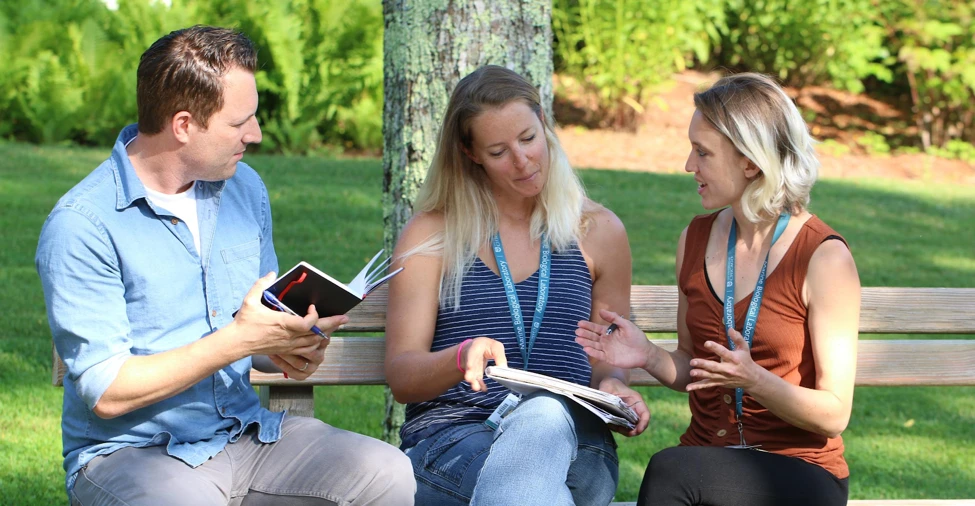
Kevin: Can you tell me about the course in Woods Hole? What the course entails, what kinds of people come here, and why it's really important?
Erin: At the beginning, you're thrown in and you're scared, and you don't know what's going to happen. The students are always just so great and they end up forming the closest bonds in these six weeks because they are thrown through this rigorous six-week course in summer where they are not sleeping. There's just so much to do and they are so excited and they are learning from each other.
All the people that come in are super excited to meet with the students. They don't just give a lecture and leave. They come in, they show their techniques, so it's a very hands-on course. They have great science, they can tell us a great story, talk to the students, and even help them with their career development questions.
Kevin: How many professors visit during the course?
Erin: I don't have a number, but it's six weeks and the longest module is going to be one week but then we have a bunch of combined modules. For us, it's arthropods, and as the staff faculty of that particular section, we have Nipam Patel, Matt Ronshaugen, and then four T.A.s. Then you've got fish and frog, so you usually have one or two really good people P.I.s and a handful of really awesome graduate students and postdocs helping for each module. Every single day, there's a different lecture, and sometimes those people are the module leaders, but more than that, we have other people come in that then interact within the module that makes sense for them to be in.
Kevin: How many modules are there, and what do they focus on?
Leslie: The course is organized taxonomically, and goes over six weeks. The first week we did ascidians, the sea squirts, and echinoderms, the sea stars and sea urchins. The second week we did, vaguely, "worms." So we did C. elegans, which is a pretty traditional model system, but then we also did things like annelids and planarians and ascils. Then the third week I think was arthropods and so we did tribolium, drosophila, moths, butterflies, and parhyale. The fourth week was chick and mouse. The fifth week was fish and frog. And then the sixth week is again phylogenetic mayhem, so we have mollusks, cephalopods, ctenophores, and cnidarians.
Erin: That's what's great, because it's not like this is a model organism where you're going to learn about fish, frog, and mouse, and that's it.
You get to learn techniques for so many different critters. And even go out, especially in our section, since arthropods are so available. We'll take a group and they'll just grab things off the seaweed or off of stuff growing on the boat, ropes, and go in.
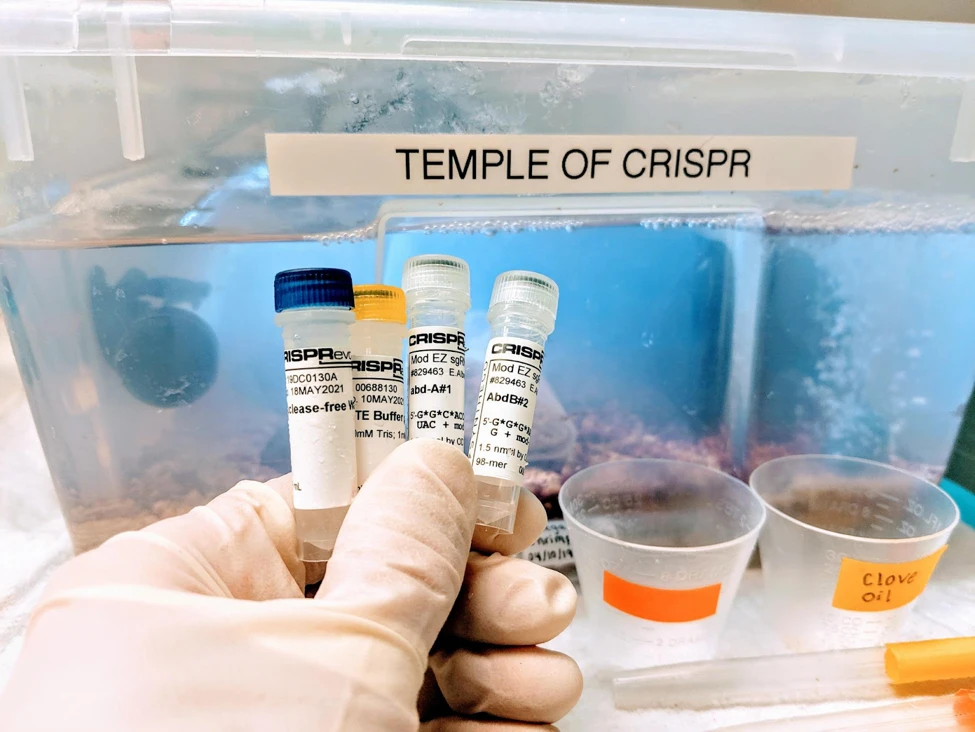
Erin: That's what is nice about getting Synthego and other companies to help sponsor these because guides are expensive. There are so many things I think that we wouldn't try because we're like, "Well, it's an organism we've never tried CRISPR in so we don't want to spend a bunch of money". So we really want to try new things, push the boundaries, and actually make discoveries rather than only order guides that we know for sure are going to give us a phenotype.
Kevin: So, Leslie, what part of this course were you most interested or has been most exciting for you?
Leslie: I have experience with only one two model organisms: nematostella and ctenophores. And so what I really wanted to gain from this course was the ability to just work on whatever animal was the right system to ask the question that I'm interested in and to kind of remove that fear of starting something new. And I have definitely gotten that out of this course because every day, they put new things in front of you and you just go.
And the great thing about it is, people bring all their techniques for working with all of their different taxa, which is helpful. For example, I have this problem with ctenophores where they have these massive cilia that all start coordinating at the same time, and the animals move, so it's impossible to do live imaging after some point in development. But now I have all of these tricks that I've learned from other people with other taxa about how to immobilize cilia in different systems. So now I can take those back to my home institution and try them on ctenophores and see if I can make progress with that.
And one of the great unifying tools for all of these different taxa are tools like CRISPR-Cas9 to knockout genes. So I think it's really important for you guys to be here because it's one of the things that you can ask the same question in just about any organism that you could ever want to look at. And, we do a lot of microinjection in our lab back at Whitney, but we have also been using electroporation since we've been here and so now all of a sudden it seems super attractable to ask about gene function in literally whatever animal you could ever want to ask about as long as you can get embryos and you have access to guides.
"I think the combination of the tools that you guys bring by supporting the course and the animals that the people who come to the course bring is really powerful and has stretched my embryonic world view. "
Kevin: Synthego was, of course, very happy to sponsor the course again, and it's good to know that we can help supply materials that not only answer just the basic questions where you already know that something works, but also research new targets.
So, courses have been taught here at Wood's Hole at the MBL you said since the 1890s. Obviously, they haven't been doing CRISPR that long. But maybe both of you could just talk just briefly about how CRISPR has obviously impacted the kind of courses you can do here, the classes you can teach, how it has actually impacted your field that you work in?
Erin: For the developmental phylo field, just working on non-model organisms is revolutionary because it took us about a decade to get all the knockdown phenotypes using siRNA in parhyale. And you know, I say that, but a lot of that was also getting the sequences, etc. But then, we basically we repeated everything with CRISPR Cas-9 within six months.
One of the hard parts with working with a non-model organism is that it's exciting, but it takes so much effort to just to develop the tools. So with CRISPR, and with more analysis software that is coming out community-based or you guys giving it to us for free, it really helps make things happen that just wouldn't happen before.
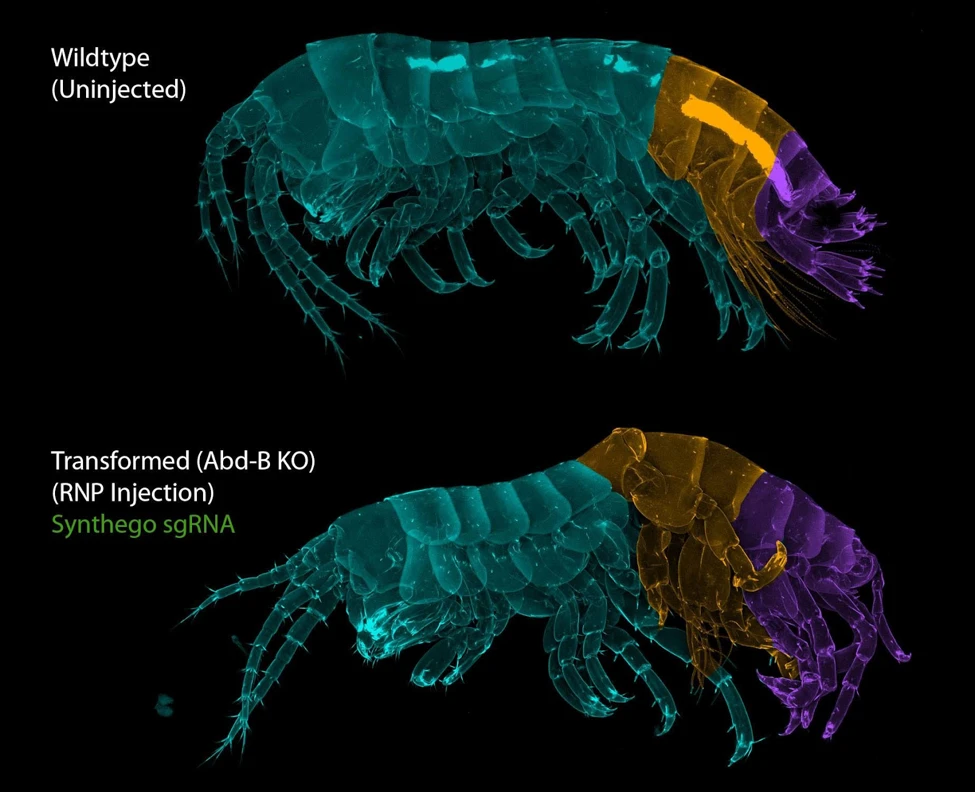
Leslie: One of the things that keeps coming up in the course is that concept of model organism and the term "model organism" and how it's kind of misleading in a lot of ways. Because it implies that you're trying to model something and that’s not necessarily what you are going after when you are studying parhyale for example.
Choosing your organism based on its position in the phylogenetic tree and what it's going to tell us about major changes in animal body plan evolution is really what a lot of these animals are useful for, not for identifying facets of human disease or something. I think one of the really important things that CRISPR has done is it allows you to work on any animal at any place and ask the questions that are really important that are going to change our view of biology and of evolution.
I think the one limitation still is that a lot of taxa don't have genomes yet, and so you have to have that step first before you can do this, but that technology is also becoming so cheap and so attractive that it's not going to be long before we can just pump these things out. And the next step is to order guides.
Kevin: So Leslie, you actually were a Synthego customer before, correct?
Leslie: Yes. Actually, you guys have been great for discovering big stuff for us because our lab got a small grant from you a couple of years ago that was to provide support for us to buy a bunch of different guide RNAs to just ask a bunch of different questions in the taxa that we already working on. We used half of it for new questions in nematostella and half of it to try to get this system going in ctenophore. It opened up all sorts of things for us because ctenophores, they don't really work very well with the morpholino knockdown system, and the guide RNAs really changed things for us. That really enabled us to ask different types of questions and push the research further. I was excited to have a little bit of experience with that before I came, and then to be able to try it in parhyale while I've been here, which I've never even seen or touched before I came here, and it worked. That was great and it was super rewarding!
Kevin: Erin, you were also an early Synthego customer. So, you've obviously seen our company change and grow a lot. And now we also have the tools to do editing analysis on a genotypic scale. So do you also employ those sometimes to look genotypically at what happened besides the phenotype?
Erin: In my work, I haven't. It's nice because we have such striking phenotypes and that's sort of answers the question. We don't do as much of the genotyping. It's generally at the end, as a cleanup step for a paper. But, I definitely used your ICE analysis software before and actually the industry company that I was working for, the startup, I used that extensively for stem cell genotyping. And, I love your stuff.
And I'm very visually oriented, and embryology works well. So, it's easy for me to get confused about what's going on. Your platform does a good job of laying it out visually for me. I just wish that my organism had a better assembly and that I could use your guide picker.
Kevin: Lastly, I have a fun question for you both. What's your favorite thing about being at Wood's Hole, besides the MBL?
Erin: Besides the MBL and scientists, I love being just in this town. I work in Wood's Hole, and I live in Falmouth. Coming from San Francisco, I find that everyone's so nice, and I love the weather. Most people coming from the Bay area might not agree with me, but I love that it's hot and humid. I like getting a little bit of winter. Also, I had been wanting Belgian Malinois' for years, but I never had the time or space. There's no way I could raise two Belgian Malinois in San Francisco, but here, they have space to run around and everyone's really nice.
Leslie: For me, it's the history of this place. One of the first weeks we were here, one of the course assistants took us on a little walking tour of the graveyard here in Wood's Hole. We went from gravestone to gravestone and learned about all of the Nobel Laureates that are buried here in Wood's Hole. It is amazing to think about the history of this place and the impact it has had on science. All of the people who contributed to science and never really got credit for it are a strong part of the history here at MBL, and MBL celebrates them. In fact, the entire town celebrates them. When there are public lectures, people from the town come out and participate in these things. So it's like science permeates this entire community well outside of the boundaries of MBL here. It is a magical thing to be in a community where people care so much about education.
